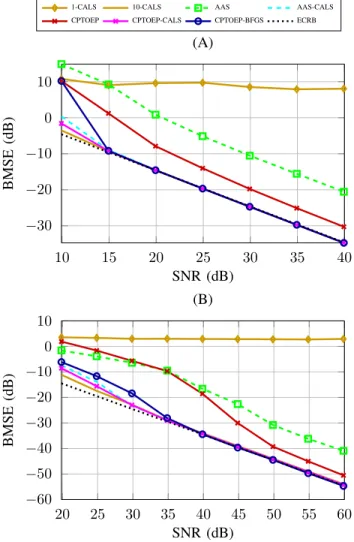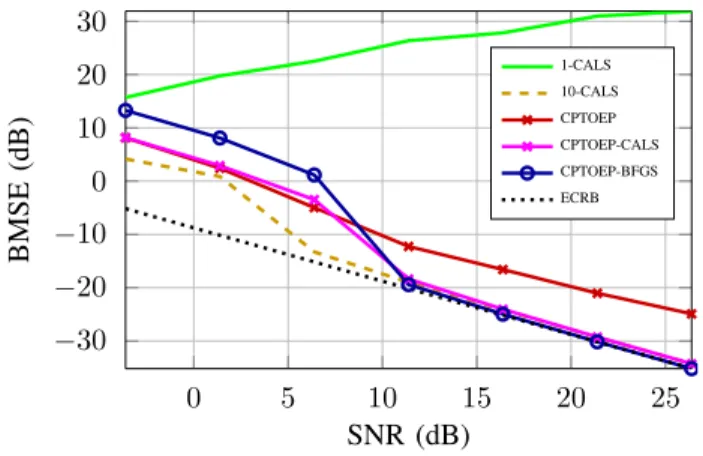Tensor CP Decomposition with Structured Factor Matrices: Algorithms and Performance
Texte intégral
Figure



Documents relatifs
Because of the reality of variable surface and surface fractional coverage by water this is called the “minimum active area.” It was calculated for all SWAN water production rates
On the high-energy surf beaches of southwest France, summer drowning incidents occur disproportionally near neap low tide, under shore-normally incident waves and average to
Two alternative approaches are used to calculate the cross sections. The first one [21] takes into account the five excitation levels of the water molecule described. It consists
The execution time of the distributed simulation on clusters is inversely proportional to the number of processors from which they are composed since the
L’archive ouverte pluridisciplinaire HAL, est destinée au dépôt et à la diffusion de documents scientifiques de niveau recherche, publiés ou non, émanant des
Proton computed tomography (pCT) is a promising tomographic imaging modal- ity allowing direct reconstruction of proton relative stopping power (RSP) re- quired for proton therapy
In this paper, a dual-permeability, Monte Carlo simulation scheme based on the Kolmogorov- Dmitriev theory of stochastic branching processes for modeling
Ricci, Recursive estimation of the covariance matrix of a Compound-Gaussian process and its application to adaptive CFAR detection, Signal Processing, IEEE Transactions on 50 (8)